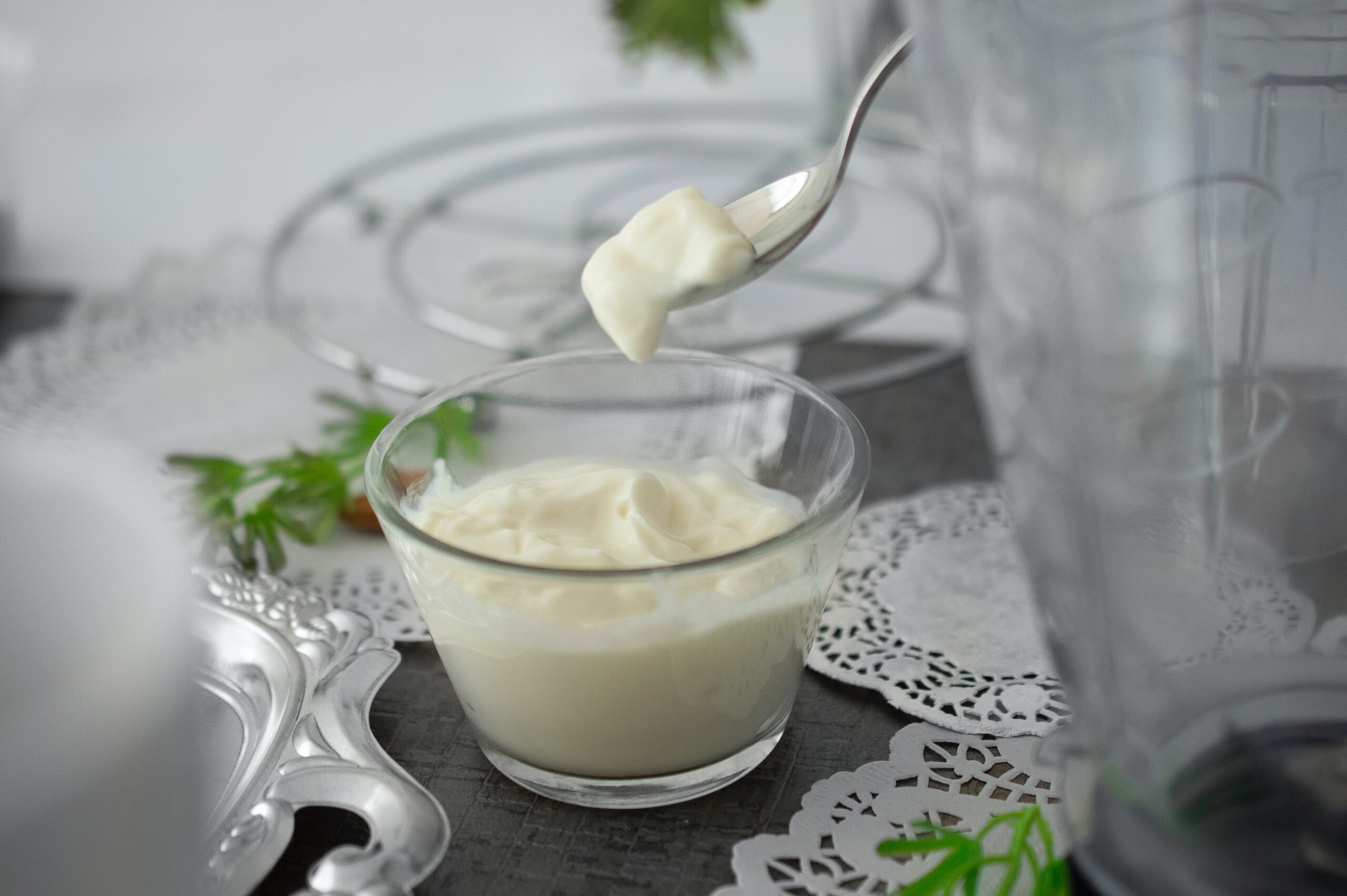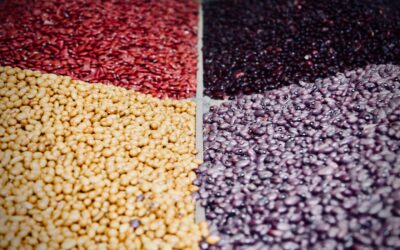The intestine has its own neural network, also known as the “Second Brain,” and can operate independently without any commands from the brain.
The “Brain-Gut Connection” is a term used to describe how the brain and intestines, two important organs for living organisms, closely influence each other. For example, in many animals, when they feel stressed, their guts hurt and they have bowel movements. This is because the brain communicates the stress stimulus to the guts via the autonomic nervous system. On the other hand, when the intestines are infected with pathogens, the brain feels more anxious, according to one report. It has also been shown that hormones released from the digestive tract play a role in the appetite felt by the brain.
Thus, research that not only pathogens but also bacteria indigenous in the intestines affect brain function is attracting attention, and the term “Brain-Gut-Microbe Connection” has been proposed.
Intestinal Bacteria and Health

The human intestine is inhabited by about 1,000 kinds of intestinal bacteria, numbering up to 100 trillion. The human intestinal bacteria are composed of three groups: good bacteria, bad bacteria, and bacteria that are neither of the two. These bacteria have a close relationship with each other and are intricately balanced. The types of bacteria in the intestines are extremely diverse and vary from person to person, and also depend on environmental factors such as diet and country of residence.
It has also been reported that the number of bacteria increases and decreases with age, but the types of bacteria remain almost the same throughout life. For example, it has been reported that antibiotic use and food poisoning can significantly change the bacteria in the intestines, but that they return to normal over time.
Bad bacteria and good bacteria
Bad bacteria increase in the intestines due to a diet consisting mainly of protein and fat, irregular lifestyle, various types of stress, and constipation. Intestinal bacteria are closely related to diseases such as obesity, diabetes, colorectal cancer, arteriosclerosis, and inflammatory bowel disease, and the intestinal bacteria of these patients are known to be significantly altered compared to healthy individuals.
Healthy intestinal bacteria, on the other hand, are dominated by good bacteria such as bifidobacteria and lactobacilli, while other bacteria are as inferior as possible. Good bacteria produce lactic acid and acetic acid, which make the intestines acidic, thereby suppressing the growth of bad bacteria and increasing intestinal motility, creating an intestinal environment that prevents infection by food poisoning bacteria and pathogens, and inhibits the production of carcinogenic decay products.
Good bacteria also produce vitamins (B1, B2, B6, B12, K, nicotinic acid, and folic acid) in the intestines. Furthermore, the substances that make up good bacteria have been reported to enhance the body’s immune function and lower serum cholesterol.
Fermented foods that increase good bacteria
A useful way to increase the number of good bacteria is to directly consume probiotics, which are live good bacteria, and “fermented food” is a typical example.
“Fermentation refers to the decomposition and transformation of organic matter by microorganisms to produce some substance whose function is useful. There are many different types of fermentation.
For example, when making sake, alcohol and carbon dioxide are produced from sugar by the action of yeast, a type of microorganism. This is called “alcoholic fermentation. Other fermentation processes include lactic acid fermentation, in which lactic acid is produced from sugar, acetic acid fermentation, in which acetic acid is produced from ethyl alcohol by acetic acid bacteria, and amino acid fermentation, in which amino acids such as glutamic acid are produced from sugar and ammonia.
Fermentation is all about culture and wisdom

Fermented food has recently become an indispensable food for maintaining good health, but the origin of fermented food lies in its use as “preserved food. Nowadays, there is no need to worry about preserving food in the refrigerator, but in the past, people had to think of ways to survive in a harsh living environment.
Thanks to the wisdom of such predecessors, human beings can now encounter a truly wide variety of fermented foods. These include dairy products such as yogurt and cheese, alcoholic beverages such as wine, sake and Shaoxing wine, vegetables such as kimchi, beans such as tempeh and natto, and seasonings such as fish sauce and miso.
Eating these things is really a part of everyday life. But sometimes it is good to enjoy the taste of these foods while thinking about how our ancestors made them and passed them on to their descendants.













